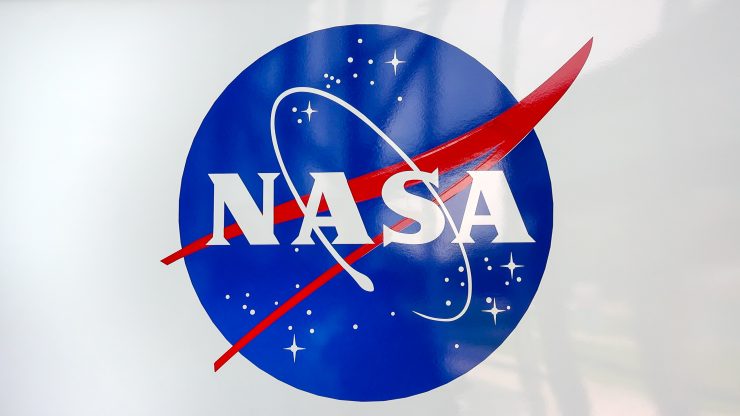US National Aeronautics and Space Administration (NASA) invites inquiries from companies interested in obtaining license rights to commercialize, manufacture and market Unmanned Traffic Management (UTM) technology detailed below. License rights may be issued on an exclusive or nonexclusive basis and may include specific fields of use. NASA provides no funding in conjunction with potential licenses.
Technology details: NASA has developed a traffic management system for Unmanned Aerial Systems (UASs) to maintain safe and efficient UAS operations. This novel technology enables the growth in civilian applications of UAS operations at lower altitudes by developing a UAS Traffic Management (UTM) system. There are a number of applications of UAS which includes goods and services delivery in urban, difficult terrain and rural areas, imaging and surveillance for agricultural, and utility management. To enable significant commercial use of UASs within lower altitude airspace and airspace that does not interfere with regular National Airspace System (NAS) operations, a UTM system is required. UTM is essential to enable accelerated applications of UASs. UTM will accommodate and support all types of UAS operations ranging from disposable with minimalistic avionics capabilities to highly capable UASs.
The UTM functions will include support for the strategic as well as tactical operations. These functions include: airspace design where altitudes are assigned based on direction of flight, and geo fencing design and updates based on the need to avoid sensitive areas (e.g., noise sensitive areas or high value assets). It will provide surveillance of vehicles; weather and wind prediction, and integration with route and flow management; congestion management, and constraint and obstacle management (e.g., terrain, tall natural and man-made structures). Other functions include demand and capacity imbalance management for crossing points, arrival and departure phases; separation assurance, collision avoidance and recovery, and emergency landing site selection and landing, if needed. It provides minimum requirements on UASs to operate at the lower altitudes as relates to communication, sensors, navigation, collision avoidance, and classification of UAS based on their performance characteristics in terms of weight, wake, ability to operate with certain types of wind and weather.
To express interest in this opportunity, please submit a license application through NASA’s Automated Technology Licensing Application System (ATLAS) by visiting https://technology.nasa.gov/patent/TOP2-237
NASA Space Research and Technology
Notice ID: T2P-ARC-00028
Published date: 9 December 2019
Response date: 4 December 2020
Please address questions to: Ames Research Center ARC-TechTransfer@mail.nasa.gov
For more information about licensing other NASA-developed technologies, please visit the NASA Technology Transfer Portal at https://technology.nasa.gov/
For more information visit:
(Image CrackerClips Stock Media / Shutterstock.com)




